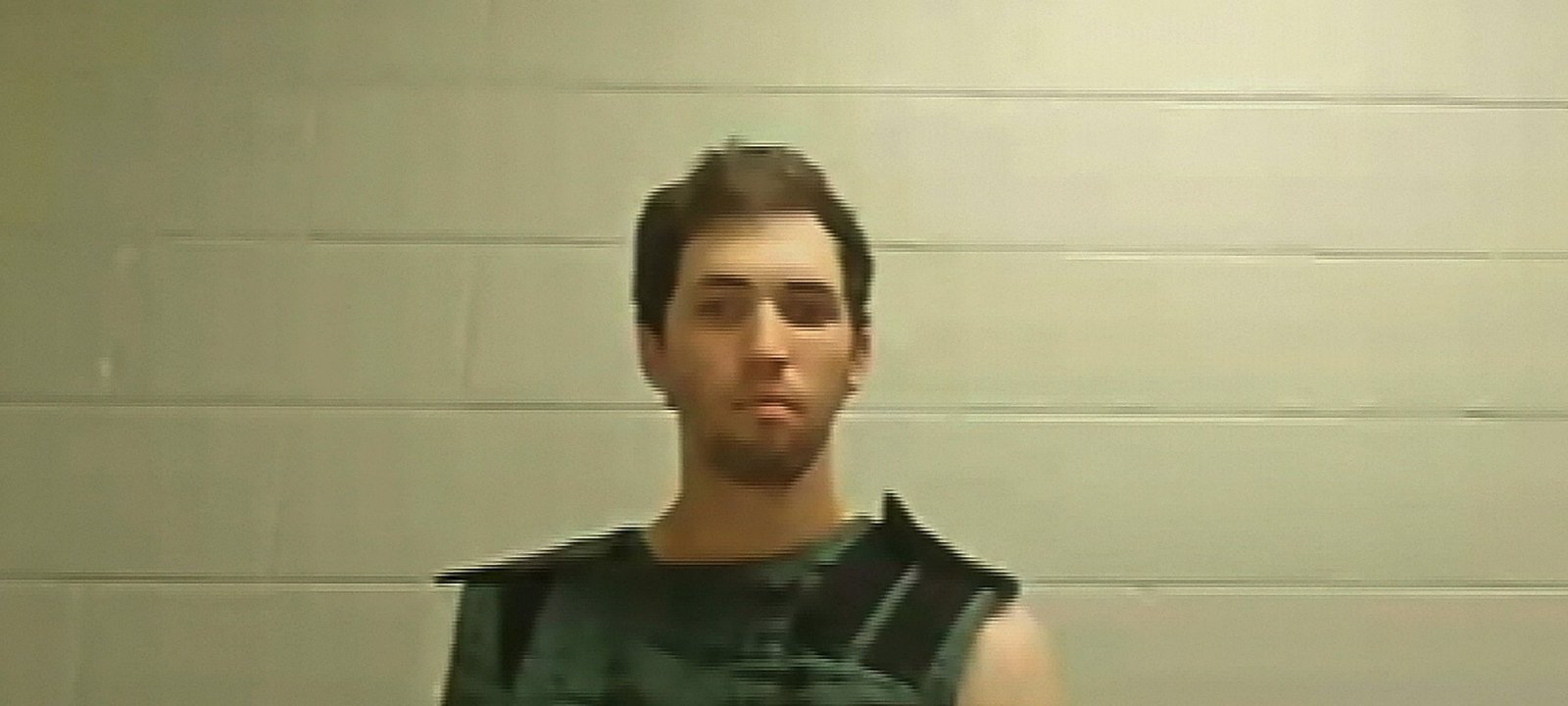Judge Graf sided with the defense on the clothing question, concluding that the presumption of innocence outweighs any logistical challenges posed by allowing alternate attire. He ordered the sheriff’s office to ensure Robinson is “dressed as one who is presumed innocent” for each pretrial session.
Request to remove restraints denied
A separate defense motion sought permission for Robinson to appear without handcuffs or other restraints, citing similar concerns about juror prejudice. Judge Graf rejected that request, noting the severity of the allegations, which carry potential penalties of life imprisonment or death. Although Robinson has no prior criminal record and has caused no disruptions while in custody, the court determined that security considerations must take precedence.
The judge directed the Utah County Sheriff’s Office to apply “the least restrictive restraints necessary” to safeguard the defendant, attorneys, court personnel and the public. Should the restraints interfere with Robinson’s ability to confer with counsel or take notes, the defense may renew its motion to modify them.
Limitations on media coverage of restraints
Graf also ruled that news organizations may not record or photograph Robinson’s restraints, nor document the moments when he enters, exits or stands within the courtroom. The measure seeks to prevent dissemination of images that could influence future jurors. According to official guidance from the Administrative Office of the U.S. Courts, trial judges possess broad authority to manage photography and security to protect the integrity of proceedings, a prerogative the court exercised in this case.
Background of shooting and surrender
The shooting occurred on Sept. 10, 2025, during an outdoor event hosted by Kirk at Utah Valley University in Orem, roughly 40 miles south of Salt Lake City. Kirk, 31, was addressing attendees when gunfire erupted. He died at the scene. Investigators allege that Robinson acted alone and fled the area immediately after the incident.

Imagem: Internet
Robinson turned himself in to Utah County authorities the following day. During an initial appearance on Sept. 19, prosecutors revealed plans to seek capital punishment, citing multiple aggravating factors, including the presence of a child during the offense and efforts to tamper with witnesses.
Procedural developments
Monday’s rulings followed a closed-door hearing the previous week, where both sides presented oral arguments and supplemental filings. Robinson participated remotely from the Utah County Jail with his camera disabled, a setup the court said complied with current security protocols. The next in-person hearing is scheduled for Jan. 16, 2026.
At that time, the court is expected to address discovery deadlines and review the status of a separate defense motion seeking to exclude certain digital evidence obtained from mobile devices. No trial date has been set.
Robinson remains held without bail. Judge Graf has indicated that any future bail motion would require the defense to demonstrate that no combination of conditions could adequately mitigate the risks posed by the capital charges.
Crédito da imagem: Melissa Majchrzak/AFP via Getty Images



